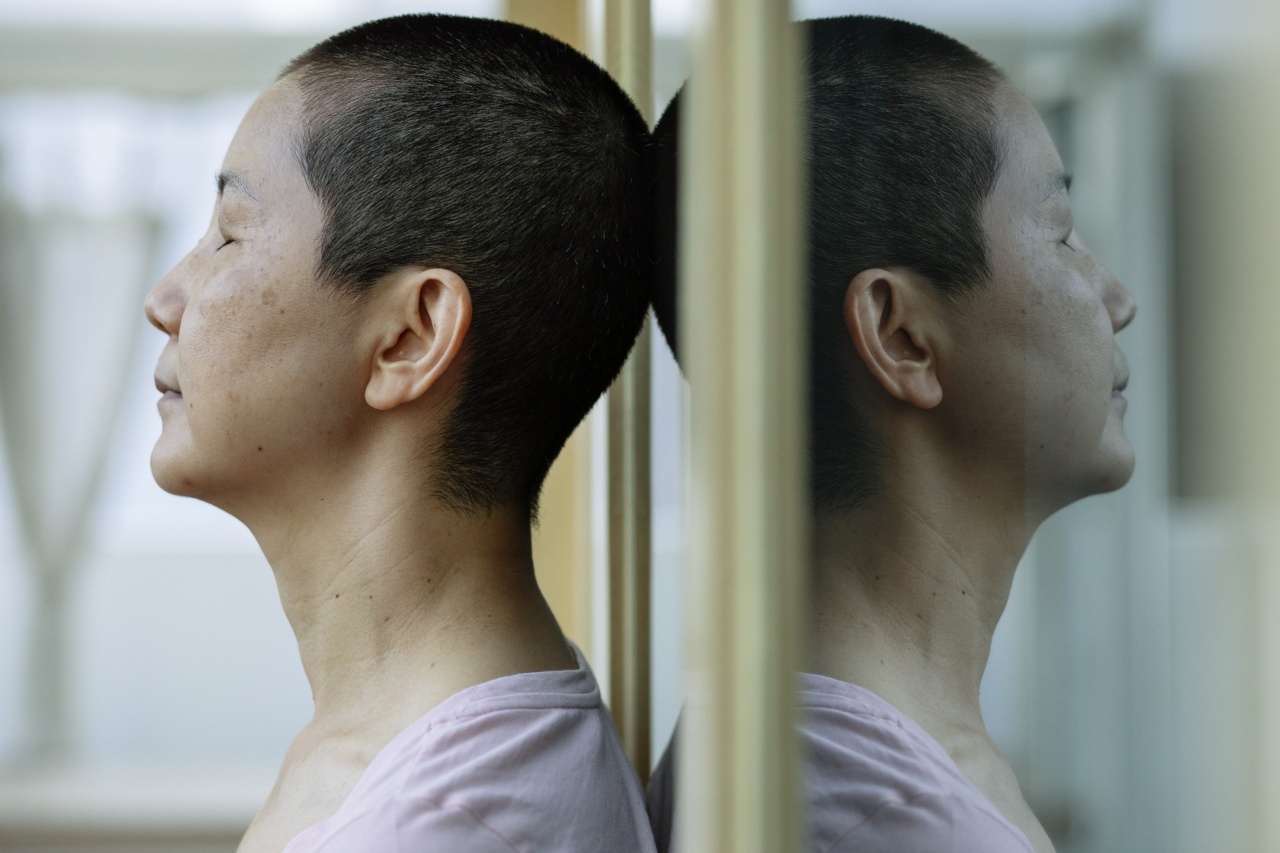Cancer therapy can often result in detrimental effects on the skin, and these side effects can be challenging to manage effectively. The good news is that there are many ways to alleviate these symptoms and promote healing and rejuvenation of the skin.
By working closely with medical professionals and taking a proactive approach to skincare, patients can overcome some of the most common skin issues associated with cancer therapy.
Skin side effects of cancer therapy
There are many different types of cancer therapy, each with its own unique set of side effects. However, some of the most common skin-related issues that can arise during cancer treatment include:.
Dry skin
Certain types of cancer therapy, including radiation therapy, can cause the skin to become dry and flaky. This can make the skin appear dull and lifeless, and often results in irritation and discomfort.
Itching and rash
Some forms of chemotherapy can cause itching and a rash on the skin. This can be particularly troublesome for patients, as scratching can further damage the skin and increase the risk of infection.
Sun sensitivity
Patients undergoing cancer treatment may find that their skin is more sensitive to sunlight than usual. This can increase the risk of sunburn and other forms of damage, making it essential to be vigilant when spending time outdoors.
Changes in pigmentation
Chemotherapy can sometimes cause changes in skin pigmentation, leading to discoloration and uneven skin tone. This can be especially difficult to manage, as it can affect a patient’s self-esteem and confidence.
Open wounds and sores
Radiation therapy can cause open wounds and sores to appear on the skin. These can be painful and difficult to heal, increasing the risk of infection and delaying recovery from cancer treatment.
Dealing with skin side effects
While dealing with the skin side effects of cancer therapy can be challenging, there are many strategies that patients can use to alleviate symptoms and promote healing.
Moisturize regularly
Keeping the skin moisturized is essential for preventing dryness and flakiness. Patients should use a gentle, fragrance-free moisturizer on a regular basis, and avoid using soap or other harsh products that can further dry out the skin.
Use a gentle cleanser
Patients should avoid using soap or other harsh cleansers on their skin, as this can lead to dryness and irritation. Instead, they should opt for a gentle, fragrance-free cleanser that will not strip the skin of its natural oils.
Avoid hot water
Hot water can be particularly damaging to dry or sensitive skin. Patients should avoid taking hot showers or baths, and use lukewarm water instead.
Wear protective clothing
Patients should wear protective clothing, such as long-sleeved shirts and hats, to protect their skin from sunlight and other environmental factors that can exacerbate symptoms.
Manage symptoms with medication
In some cases, medication may be necessary to manage skin-related symptoms. This may include topical creams or ointments to reduce itching and inflammation, or oral medication to alleviate pain and discomfort.
Stay hydrated
Drinking plenty of water is essential for keeping the skin and body hydrated. Patients should aim to drink at least eight glasses of water per day, and avoid consuming alcohol or caffeine, which can further dehydrate the skin.
Practice sun safety
To reduce the risk of sun damage, patients should wear sunscreen with an SPF of at least 30, and avoid spending time outdoors during peak sunlight hours.
Opt for hypoallergenic skincare
Patients should use hypoallergenic skincare products, which are gentler on the skin and less likely to cause irritation or allergic reactions.
Care for open wounds
If a patient has open wounds or sores, it is important to keep the affected area clean and dry. This may involve using a sterile dressing or topical antibiotic to reduce the risk of infection.
Consult a dermatologist
If a patient is experiencing persistent or severe skin-related symptoms, they should consult a dermatologist or other healthcare professional for advice and treatment options.
Conclusion
Cancer therapy can have a significant impact on the health and appearance of the skin, but there are many ways to manage these symptoms and promote healing.
By taking a proactive approach to skincare and working closely with medical professionals, patients can minimize the impact of skin-related side effects and improve their overall quality of life.





























